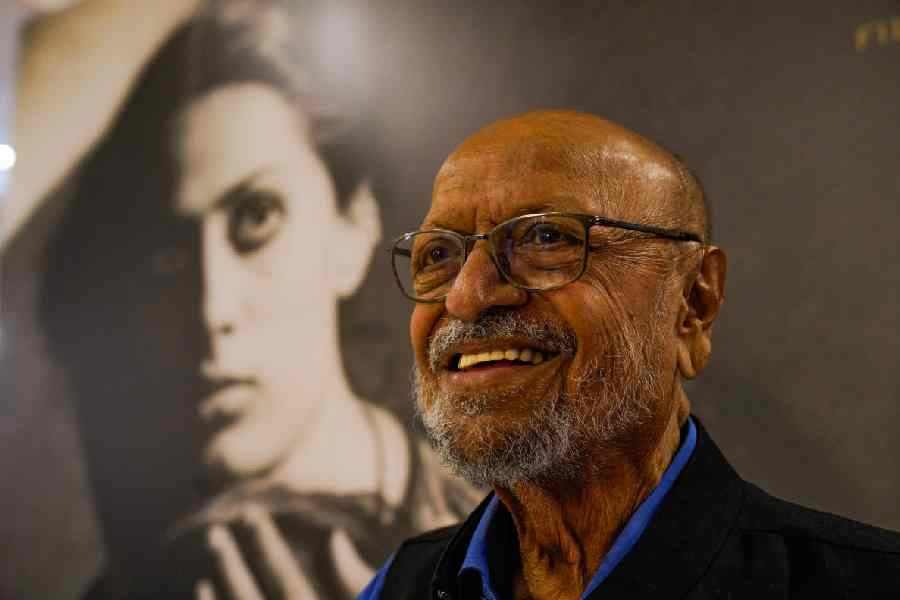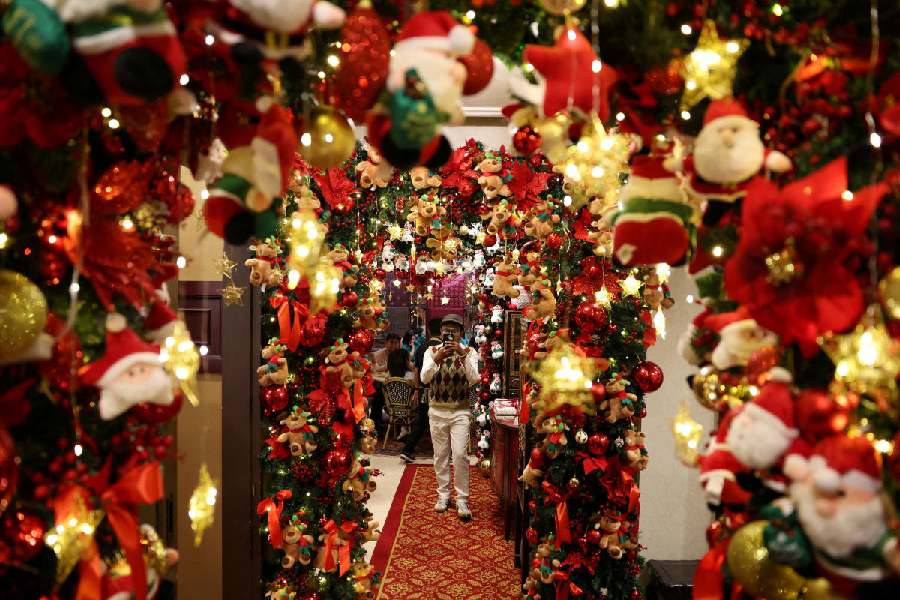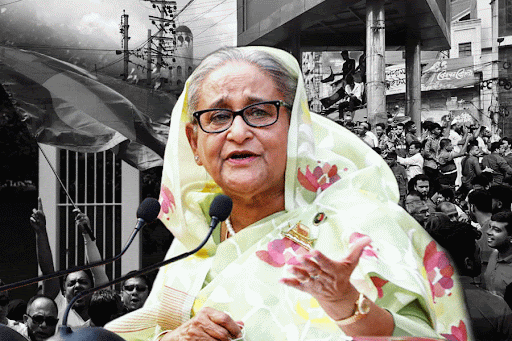A 42-day doctors’ protest that shook Calcutta and created tremors far beyond left many telling lessons even at its close.
The junior doctors began the fight seeking justice for a colleague who was raped and murdered inside her hospital. They wanted to secure themselves and their workplaces. They wanted corruption to be rooted out and its leaders punished.
In that fight, they got popular support on a scale that is almost unprecedented.
What they achieved will resonate in the minds and lives of diverse sections of people — women, men, students, teachers, administrators and their political bosses — for years to come.
Some of these lessons are fairly basic but which, as a society, Bengal and the rest of the country seemed to have forgotten. That peace and non-violence can still accomplish daunting missions. You can be feisty without making personal attacks. Your language can be fiery and aggressive but never cross the limits of civility.
At a time when prime-time TV debates have stooped to becoming mudslinging shouting bouts peppered with below-the-belt jibes, the language of the discourse set by the doctors was remarkable.
Upal Chakrabarti, assistant professor of sociology at Presidency University, said the doctors’ protest was a renewed affirmation that “truly educated” people needed to join the political discourse.
“In the name of democratisation of society, people from all social backgrounds made inroads into politics. We have seen an increase in the participation of lower classes in the political discourse. It is a positive development. But the other extreme is the near-absence of the educated middle-class professionals in the political discourse, which is deeply problematic,” he said.
“If political participation means taking a stand on social issues, then the doctors’ protest was a powerful reminder that the participation of the educated middle-class raises the level of the political discourse,” he said.
Chakrabarti said the movement struck at the heart of a stereotype.
“There seems to be only one form of political expression — the ballot box. This movement disrupted that idea. Civil debates and deliberations between ordinary people and the powers that be shape the course of politics beyond just elections,” he said.
Hard-hitting but civil
On September 3, the junior doctors presented the replica of a spine to then Kolkata Police commissioner Vineet Goyal, seeking his ouster for alleged incompetence in handling the case and failure to prevent the vandalism on RG Kar Medical College and Hospital on the intervening night of August 14 and 15.
It must be acknowledged that the top cop was also graceful in meeting the protesters, even indulging in a photo-op, especially when police forces in other parts of the country have unleashed the baton on student protesters.
Even then, the junior doctors addressed Goyal as “honourable commissioner”.
The name of chief minister Mamata Banerjee must have been uttered a few hundred times by several junior doctors during speeches and while talking to the media. Not for once without the “mananiya (honourable)” prefix.
A lasting image of the movement would be the one outside the chief minister’s Kalighat home, where the protesters, their hands folded, were pleading with the chief minister.
The humility in their conduct was there for everyone to see. That decency, even at the peak of a difference of opinion, is special because it is rare.
The speeches were fiery. The protesters vowed to shake the corridors of the administration and they did so. But not for once did they make any personal attack.
Lahari Sarkar, a third-year postgraduate trainee in the general surgery department of RG Kar and one of the faces of the movement, said it was a conscious decision.
“Our movement is against the systemic rot that made the crime possible and the way the police mishandled the probe. We do not have any personal vendetta against anyone. While speaking to powerful people, we kept in mind their position as well as their age. All of them were elders. We had discussed this in our general body meetings. That we will keep off personal attacks,” Sarkar said.
“It was the same reason we avoided taking names of even the people we accused of wrongdoing. We only referred to their positions. We took the name of the principal (of RG Kar) only after he was arrested,” she said.
Non-violence
The movement started hours after the postgraduate trainee was found raped and murdered on duty at RG Kar on August 9. On September 10, the siege shifted to Salt Lake, outside Swasthya Bhavan.
The long vigil and multiple rallies have been peaceful to a tee. Their slogans were bold but never inciting violence. If anything, the siege was a festival of defiance and dogged determination.
The perfect antithesis to the doctors’ protest was a Nabanna March call, given by a self-styled organisation called the Pashchimbanga Chhatra Samaj, with alleged links to the saffron ecosystem, on August 27.
The day saw barricades being breached with criminal efficiency and police being pelted with stones, bottles and brickbats. Officers were chased, pinned on the road and beaten. Expletives directed at the police’s mothers and sisters interspersed with chants of “We want justice”.
Calcutta’s streets, witness to decades of political violence, would rarely have seen so many skirmishes fought at so many places simultaneously as that day.
The difference was also clear in the demands. The rallyists in the Nabanna March and the supporters of the BJP bandh the next day had one focal point — the resignation of the chief minister.
The doctors on the other hand were prompt in dissociating themselves from the demand. They clarified that they had nothing to do with the Nabanna March or the bandh and they were not after the chief minister’s chair.
Although non-violent, the doctors were able to convey to all of Bengal what their grievances were, the many ills that plague the state’s health care and entrenched institutional corruption that many have almost normalised with time.
Fresh faces
Lahari, Aniket Mahato, Debasish Halder, Rumelika Kumar and their likes have become household names now. Kinjal Nanda, another popular doctor-leader, has some experience in public life as an actor. But otherwise, all these medics were thrust into the limelight almost overnight.
And they did well. Watch out for them, said Maidul Islam, a Calcutta-based political scientist.
“This new crop of leaders are already public opinion influencers. Some of them have political backgrounds and may take the political plunge in the future. This is a nascent and amorphous phase in their careers. But these fresh faces must be taken seriously,” he said.
Islam said the movement was still largely an urban phenomenon.
“People are fed up with the same old TV debates. They are sick and tired of the perennial problems of misgovernance. The pent-up anger against the regime found a perfect ally in these doctor-leaders,” he said.
Sujata Sen, chief executive officer of Future Hope, which works with street children, and former British Council director of East India, summed up what many Calcuttans feel.
“Calcutta is known as a city of protests. But now, almost every protest has a political colour. It wants one regime to fall and another to set in. But the doctors’ protest was for a social cause. It reaffirmed our faith in protests,” she said.











